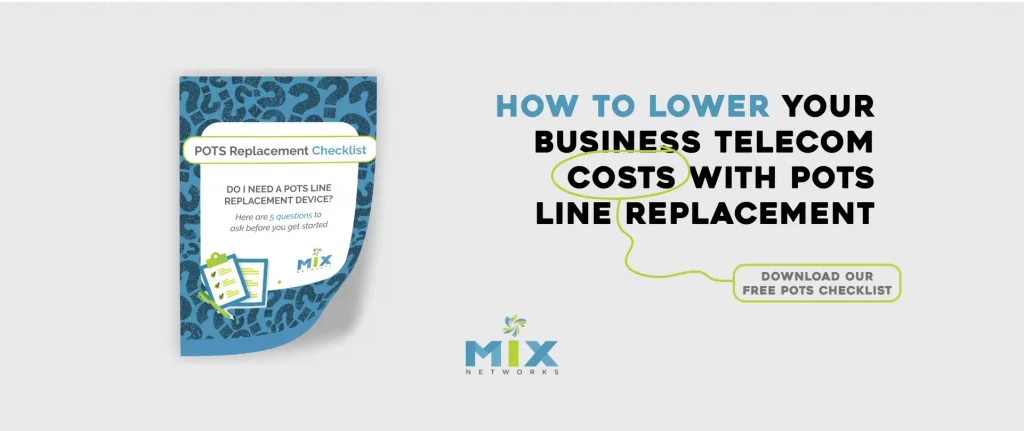Plain old telephone service (POTS) lines have been around for decades, providing reliable phone service to homes and businesses. But technology continues to advance, and many phone companies are phasing out their copper POTS lines in favor of newer, digital forms of communication. Why? The stats speak for themselves:
- In 2000, there were nearly 190 million POTS lines in service in the United States. By 2017, that number had dropped to around 100 million.
- Between 2000 and 2015, the number of POTS lines declined by over 50%, according to FCC data.
- By 2021, under 40% of US households still had a landline, compared to over 90% in 2004.
- The Centers for Disease Control and Prevention estimated only 54 million traditional landline home phone connections left by the first half of 2021.
- According to S&P Global Market Intelligence research, about 34 million consumer POTS access lines were left at the end of 2020.
If you still have POTS lines, you may be wondering what will happen when your provider discontinues this service. Will you be left without phone service? What are the alternatives? Here are some things to consider:
The POTS Phase Out is Coming
Phone companies have openly announced plans to shut down their POTS networks over the next 5-10 years. AT&T, for example, has already announced plans to discontinue the service in parts of California, and Michigan providers have already discontinued services in some locations. Just this year, AT&T petitioned Nevada County, California, to stop providing POTS access to approximately 600,000 rural residents. While some areas will lose POTS service sooner than others, the writing is on the wall – plain old telephone lines are going away.
The reasons for this are mainly economic. Maintaining the aging copper infrastructure is expensive for providers. And with fewer people relying on landlines, the costs outweigh the declining revenue. The future is in next-gen digital services.
You’ll Eventually Need to Upgrade
When POTS service ends in your area, you must upgrade to maintain voice connectivity. Trying to keep using your landline phone will result in no dial tone.
The good news is you have options. Cable and fiber optic providers can offer digital phone service to replace your POTS line. Another option is LTE routers for specialized applications like DataRemote’s POTS IN A BOX that bridges your current analog network to the new digital or cellular network you are migrating to.
Don’t Wait Until the Last Minute. Plan Your POTS Replacement Now
Don’t procrastinate on coming up with a post-POTS plan. If you wait until your provider shuts down POTS, you may end up with no working phone for some time. While solutions like DataRemote’s POTS IN A BOX can significantly reduce the time it would take to convert an analog telecom network to digital, many factors go into the success of a transition.
Do your research now on the alternatives to make a smooth transition when the time comes.
Change Can Be a Good Thing
While saying goodbye to POTS may feel uncomfortable, keep an open mind. Modern phone services often provide better sound quality, more features, and more excellent reliability than plain old telephone lines. This infrastructure upgrade will enable next-generation innovations to improve personal and business communications. By planning now, you can choose the correct replacement option for your specific needs. With some foresight and proactive preparation, you can move confidently into the future of telecommunications rather than being caught off guard.
The days of POTS are numbered. Ensure you’re prepared well in advance when the plug gets pulled on the old landline phone system. With the right POTS Replacement transition plan in place ahead of time, you can seamlessly migrate to a new and improved phone solution for your home or business.









